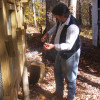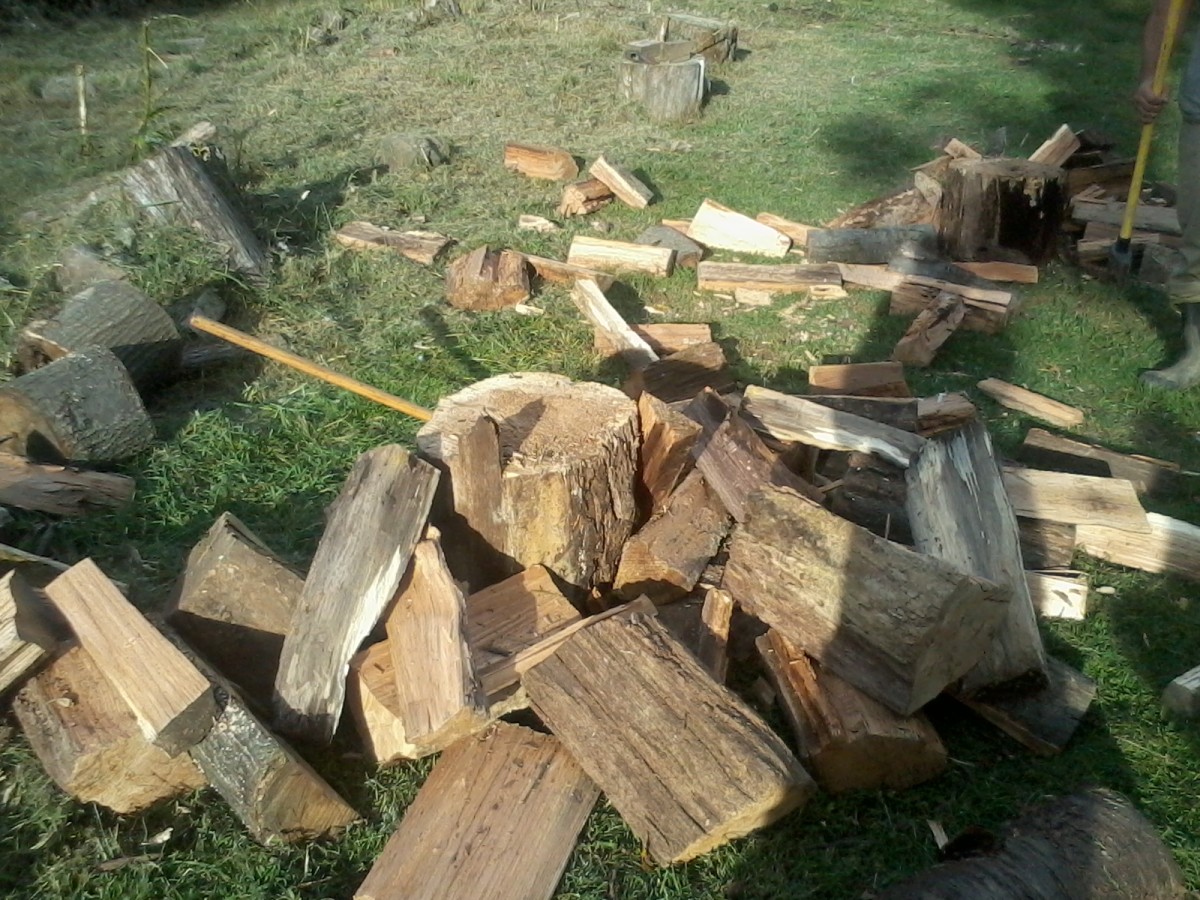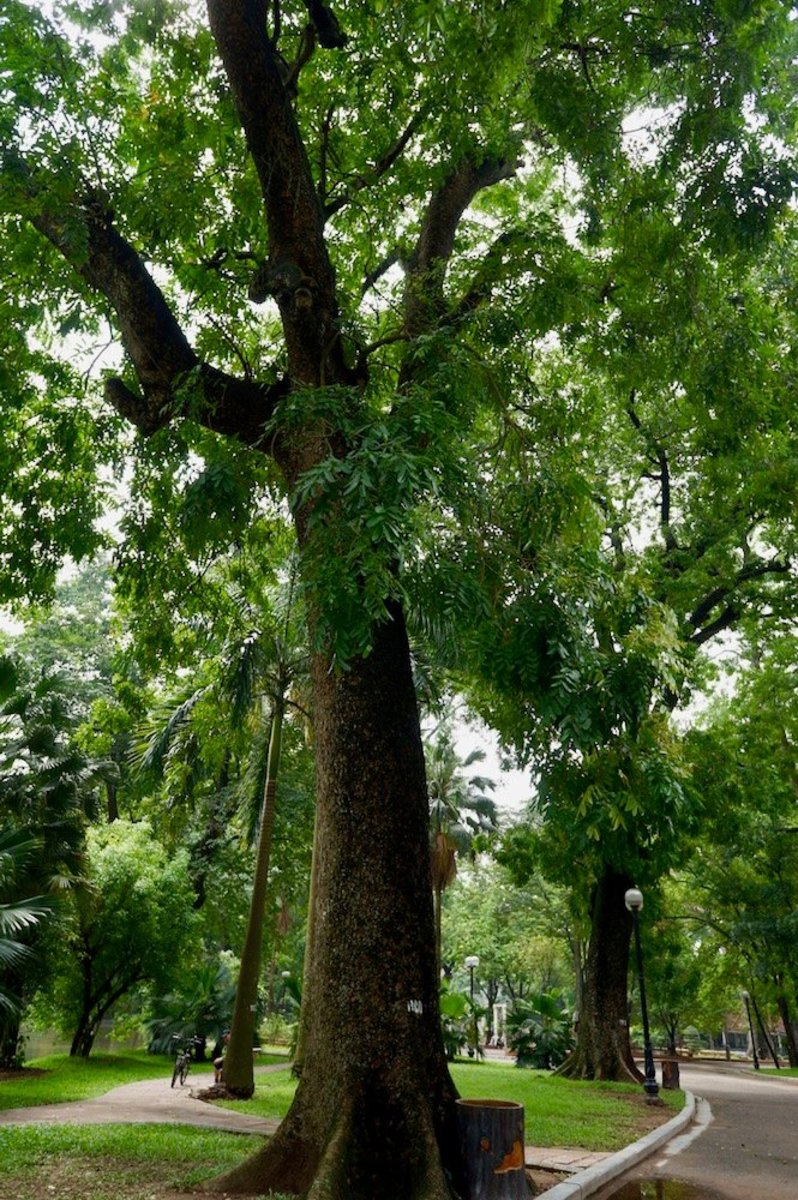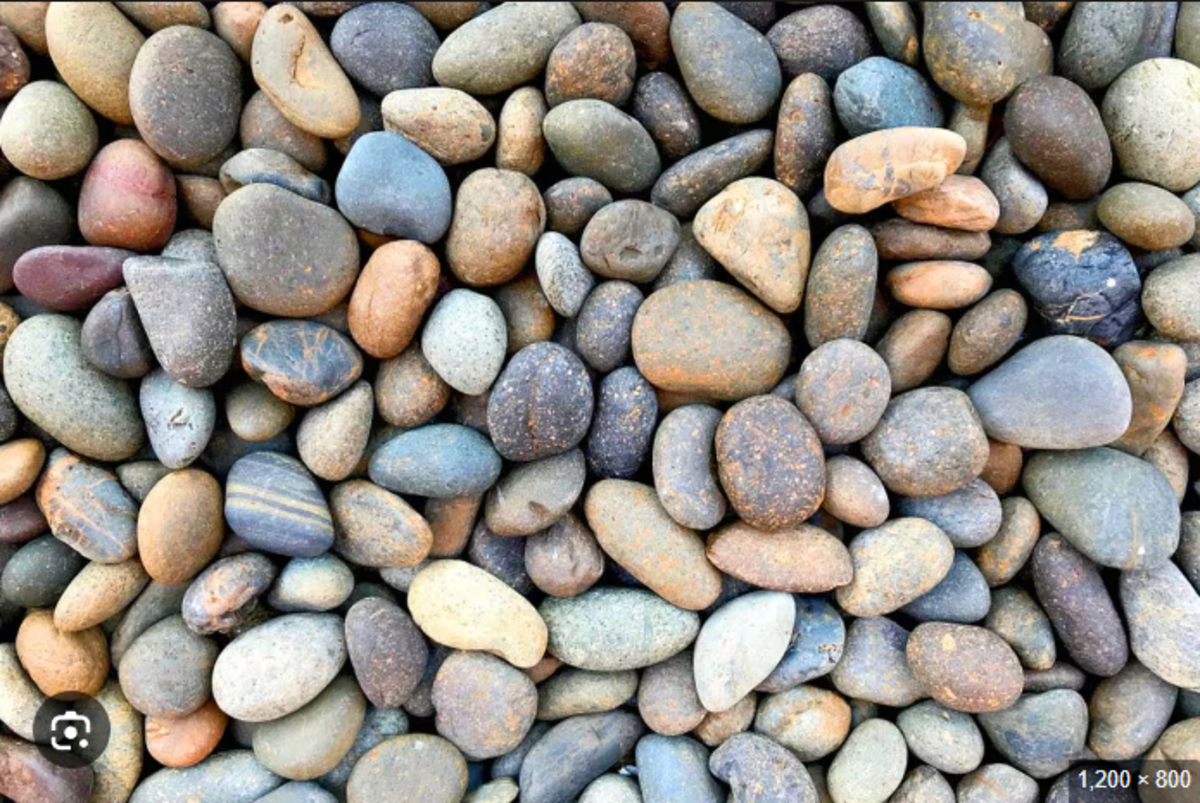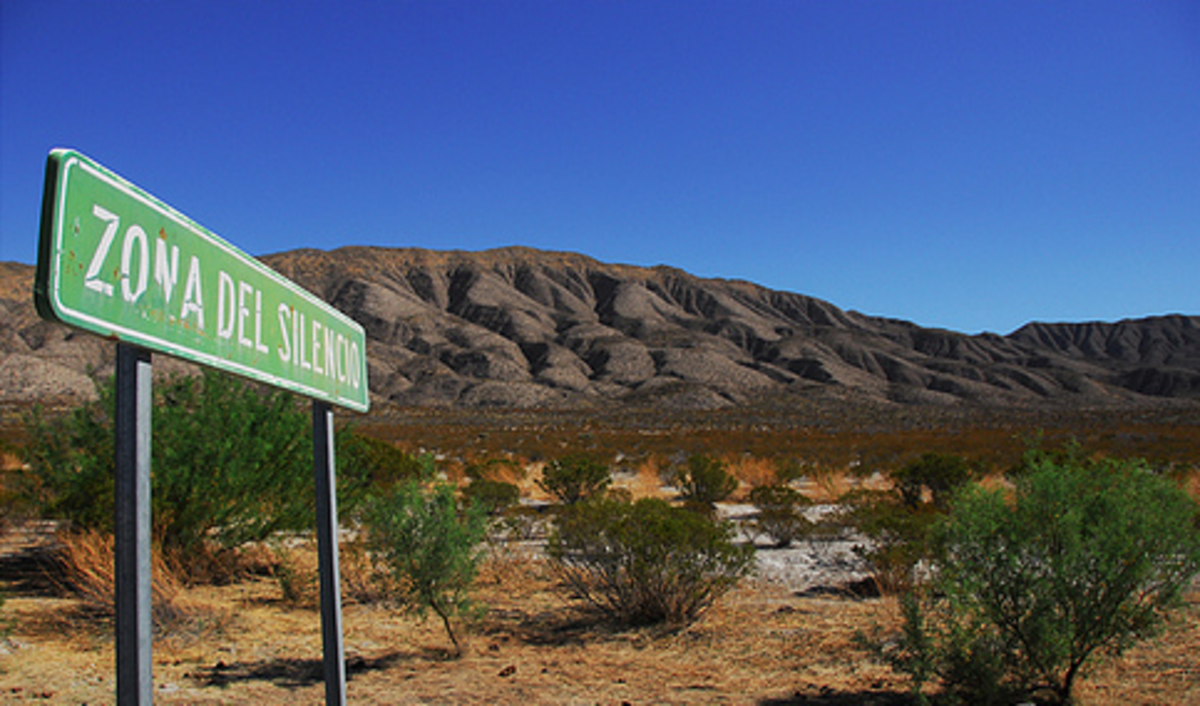Harvesting Deadwood to Heat Your Home
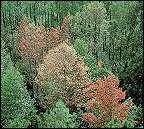
Harvesting deadwood from insect and disease damaged forests for home heating is far more beneficial than you might imagine on several aspects, and a practice I have used exclusively over the past 15 years to heat my family's home. The wood I cut is actually pre-seasoned, so I don't have to worry about it getting dry enough to burn. "Seasoned Wood" is simply a term used to say the water content in the firewood has dropped sufficiently enough for the wood to burn hot and produce more heat, so by cutting trees that are dead, the only water content in them I have to worry about is from rain that may soak in if the trees have already fallen. After splitting the firewood, these sticks dry out very quickly when stored under shelter to prevent further water from being introduced.
The Southern Pine Beetle is responsible for most of my firewood every year, because the region I live in (N.E. Ga.), doesn't have sufficient temperature extremes to kill the pests. According to The U.S. Department of Agriculture & Forestry Service as described in Forestry Insect & Disease Leaflet 49, one of the only natural insect controls of this pest are extreme temperatures that exceed 95, or below 0 Fahrenheit for several days at the time. There are times when we do meet this criteria, but more often than not, we fall between these ranges. I remove several trees each and every year that have died from the Southern Pine Beetles, but it seems each year there are more to take their place. By removing these trees each season, it does reduce the chances for a wide-spread infestation like I witnessed between 1973 & 1979, which in turn helps to save millions of board feet of lumber from becoming infested.
Another reason I like to remove these trees is the extremely dry weather we had been experiencing. Our area just came out of a drought that lasted nearly 3 years and the threat of forest fire was ever present on my mind because I live in a thickly forested region near the Chattahoochee National Forest. Having a lot of underbrush to contend with in these types of conditions is normally bad enough, but when you think of all the potential fuel created by these little beetles, a forest fire of this magnitude could easily cost property and homeowners in this area billions of dollars as well as the risk for loss of life.
Many people have been lead to believe that burning pine as a firewood fuel source in your fireplace or wood heater will lead to creosote build-up and increase the potential for chimney fires due to the sticky resins it produces, as well as putting out less heat. The University of Georgia College of Agriculture & Environmental Sciences have a little different view on the subject of "Wood Heat". According to their studies, pound for pound, all seasoned or cured wood puts of basically the same amount of heat, and hardwoods have a tendency to create more creosote than pine. Hardwoods such as oak and hickory are dense grained which makes them heavier, and take longer to burn. Creosote is caused by gases emitted by slow burning fires due to excessive water content. As these gases rise through your chimney, the moisture carried with them causes the gasses to cool and stick to the surface of your chimney walls. These built-up deposits can be ignited when a hot fire burns and the open flame reaches these deposits causing a chimney fire. Even properly cured wood will leave deposits when the fire is dampered down for longer burn time at night. Building a hot fire on a regular basis will help to remove these deposits before they have a chance to buildup and become a problem.
Hopefully this article will help enlighten people on the importance of using deadwood as a fuel source for home heating as an alternative to gas or electricity. By removing the dead trees from our forests, we help to protect the healthy stands of timber we use to build our homes, as well as reduce the threat of forest fires that can threaten our homes. I am fortunate in the fact that all the deadwood I harvest each year is located on family owned property very close to my home. For those of you that are interested in helping to remove "Downed and Deadwood" from our National Forests to help reduce the threat of forest fires and keep the stands of timber strong, there are many locations where The U.S. Forestry Service allow you to harvest for your own personal use. Simple call or visit your local U.S.Forestry Service and inquire about getting a permit for "Downed & Dead Wood". They will be more than happy to inform you of any such projects in your area and what steps you need to take to obtain a permit.
Practicing conservation efforts in your community or region are a great way to help insure future generations will have a healthier environment to live in. As a member of the human race, we are all stewards of the land and should actively try to find ways we can help improve the lands fertility. Removing deadwood is one way, but perhaps you might plant wild flowers to help attract and increase the native bee population, which in turn helps to promote larger harvests and fruit yields. Find ways to use natural plants such as grasses and trees to help fight soil erosion. Combine your trips when you use a vehicle to help lower the overall fuel consumption. There are countless ways we can each contribute if we will step back for a few moments and look at the overall picture. No one person will every change the world on their own, but the combined efforts of like minded and concerned individuals will make all the difference in the world. Don't be afraid to do what's right.
Information sources : U.S. Department of Agriculture Forestry Service
Forest Insect & Disease Leaflet 49
http://na.fs.fed.us/spfo/pubs/fidls/so_pine_beetle/so_pine.htm
The University of Georgia
College of Agriculture & Environmental Sciences
http://www.caes.uga.edu/topics/disasters/winterstorm/heating/firewood.html
